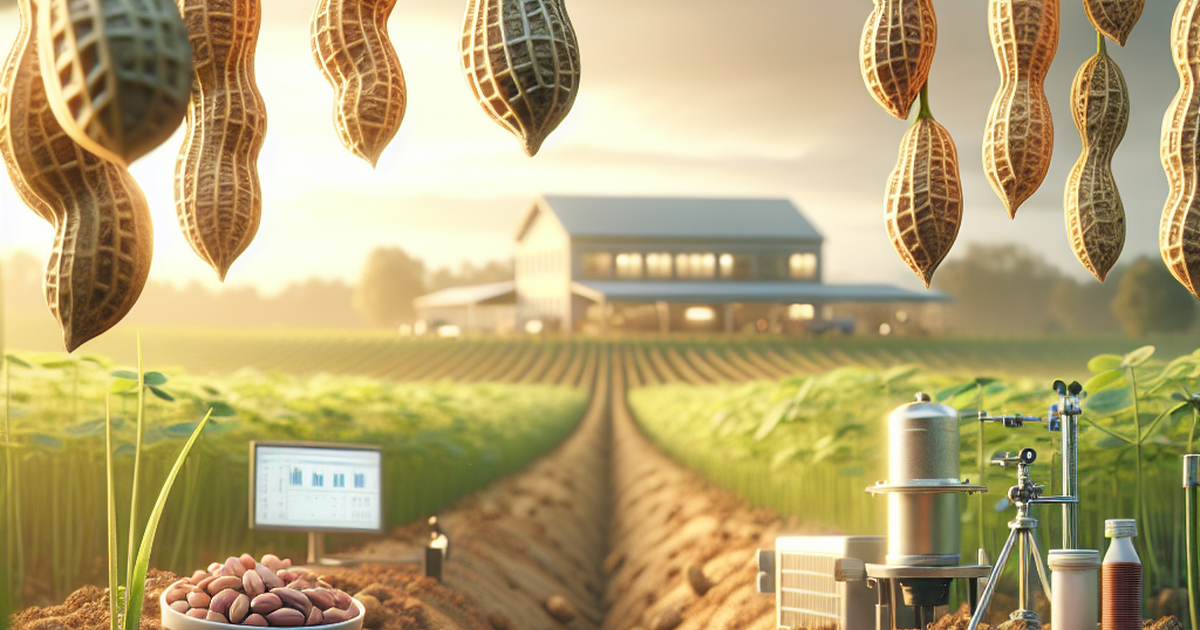FAQ: China's High-Oil Peanut Breeding Breakthroughs and Challenges

Summary
What is the main focus of this study on Chinese peanuts?
The study comprehensively analyzes 238 high-oil peanut varieties in China, evaluating their agronomic traits, disease resistance, and genetic diversity to provide insights for future breeding strategies.
Why are high-oil peanut varieties important?
High-oil peanut varieties containing over 55% oil offer significant economic and nutritional benefits, with China being the global leader in peanut production and consumption.
What are the key challenges identified in breeding high-oil peanuts?
Researchers found a notable trade-off where higher oil content often means lower protein levels, and while many varieties show disease resistance, few exhibit high-level resistance to major diseases.
How much oil content do the best performing varieties achieve?
The highest oil content recorded was 61.04% in Luohua 21, with several other varieties achieving between 55-58% oil content including Luohua 9 (58.33%), Luohua 15 (57.30%), and Luohua 19 (56.50%).
Where in China do these high-oil peanut varieties thrive best?
These varieties perform best in Northern, Eastern, and Central China, where ideal growing conditions with longer seasons, distinct seasonal changes, and nutrient-rich, well-draining soils promote oil accumulation.
What diseases do these peanut varieties show resistance to?
The varieties show resistance to major diseases including leaf spot, bacterial wilt, and rust, with six varieties demonstrating broad resistance to five common diseases.
Who conducted this research and where was it published?
The research was led by corresponding author Prof. Dr. Dongmei Yin from Henan Agricultural University and published in the journal Reproduction and Breeding.
What are the key parent varieties identified in developing high-oil traits?
Key parent varieties include Kaixuan 016 and CTWE, which have been instrumental in developing novel germplasm with both high oil content and strong heritability.
What future approaches are recommended to overcome current limitations?
Researchers recommend expanding genetic diversity through wild relatives and modern molecular techniques to enhance breeding outcomes and overcome current trade-offs and resistance limitations.
Where can I find the original research study?
The original study is available through DOI: 10.1016/j.repbre.2025.06.001 in the journal Reproduction and Breeding.

This story is based on an article that was registered on the blockchain. The original source content used for this article is located at 24-7 Press Release
Article Control ID: 243195